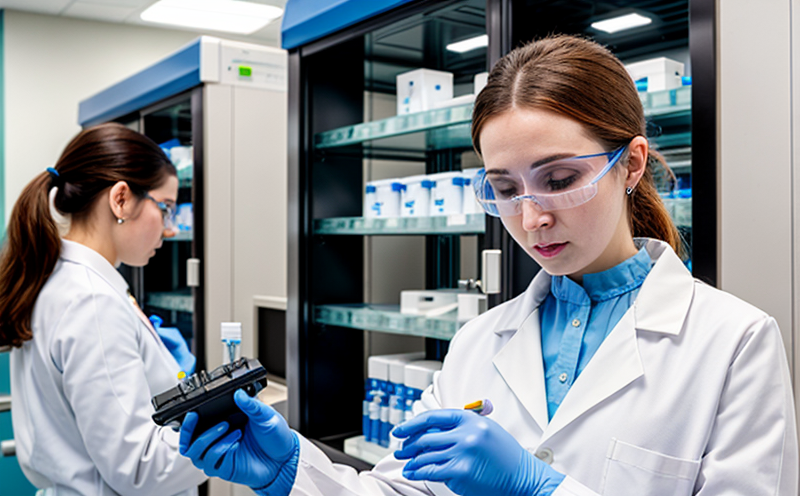Limit of Quantitation Bioanalysis Testing
The Limit of Quantitation (LoQ) bioanalytical testing is a critical component in pharmaceutical development. It ensures that the drug concentration can be accurately measured within the therapeutic range, thereby supporting regulatory compliance and ensuring patient safety. This service involves determining the lowest concentration of an analyte in a biological matrix that can be reliably quantified using specified methods.
Pharmaceutical companies rely on LoQ bioanalysis to validate the performance of analytical assays used in various phases of drug development. The accuracy and precision of these tests are paramount, especially when dealing with drugs that have narrow therapeutic windows or high potency. By establishing an appropriate LoQ, laboratories can ensure that any detected analyte falls within a clinically relevant range.
The process begins with the selection of analytical methods such as Liquid Chromatography-Mass Spectrometry (LC-MS/MS), which is commonly used for its sensitivity and specificity. Specimen preparation involves extraction techniques like protein precipitation or solid-phase extraction, followed by clean-up steps to remove matrix interferences.
The acceptance criteria for LoQ are stringent and typically aligned with international standards such as ISO 17025:2017 and ASTM E691-13. These criteria ensure that the method is robust, reproducible, and capable of detecting analytes at concentrations below those expected in patient samples.
The primary purpose of LoQ bioanalysis is to support the safe and effective use of pharmaceuticals by ensuring that drug levels can be accurately measured during clinical trials and post-approval monitoring. This service plays a crucial role in minimizing risk, optimizing therapeutic outcomes, and ensuring regulatory compliance.
| Applied Standards |
|---|
| ISO 17025:2017 |
| ASTM E691-13 |
| ICH Q2B (Guideline on Bioanalytical Method Validation) |
The ICH Q2B guideline provides additional context for validating bioanalytical methods, emphasizing the need for robust and reproducible assays. This ensures that the results are reliable across different laboratories and can be used to make informed decisions about drug development.
Understanding the LoQ is essential for quality managers and compliance officers who oversee pharmaceutical testing processes. It also benefits R&D engineers by providing them with accurate data necessary for optimizing drug formulations. For procurement teams, ensuring that suppliers adhere to these stringent standards ensures high-quality analytical services.
Applied Standards
- ISO 17025:2017
- ASTM E691-13
- ICH Q2B (Guideline on Bioanalytical Method Validation)
The application of these standards ensures that the bioanalytical testing process is reliable, reproducible, and compliant with international best practices. This not only enhances the accuracy of drug concentration measurements but also supports regulatory submissions.
Industry Applications
In the pharmaceutical industry, LoQ bioanalysis plays a vital role in various phases of product development:
- Clinical Trials: Ensuring that drug concentrations are within therapeutic limits during trials.
- Formulation Development: Optimizing formulations to achieve desired pharmacokinetic profiles.
- Manufacturing: Monitoring production processes to ensure consistent product quality.
- Pharmacovigilance: Detecting adverse drug reactions and monitoring post-approval safety.
The precision of LoQ bioanalysis is crucial for these applications, as it helps in identifying potential issues early in the development process. This proactive approach ensures that any necessary adjustments can be made before the product reaches the market.





